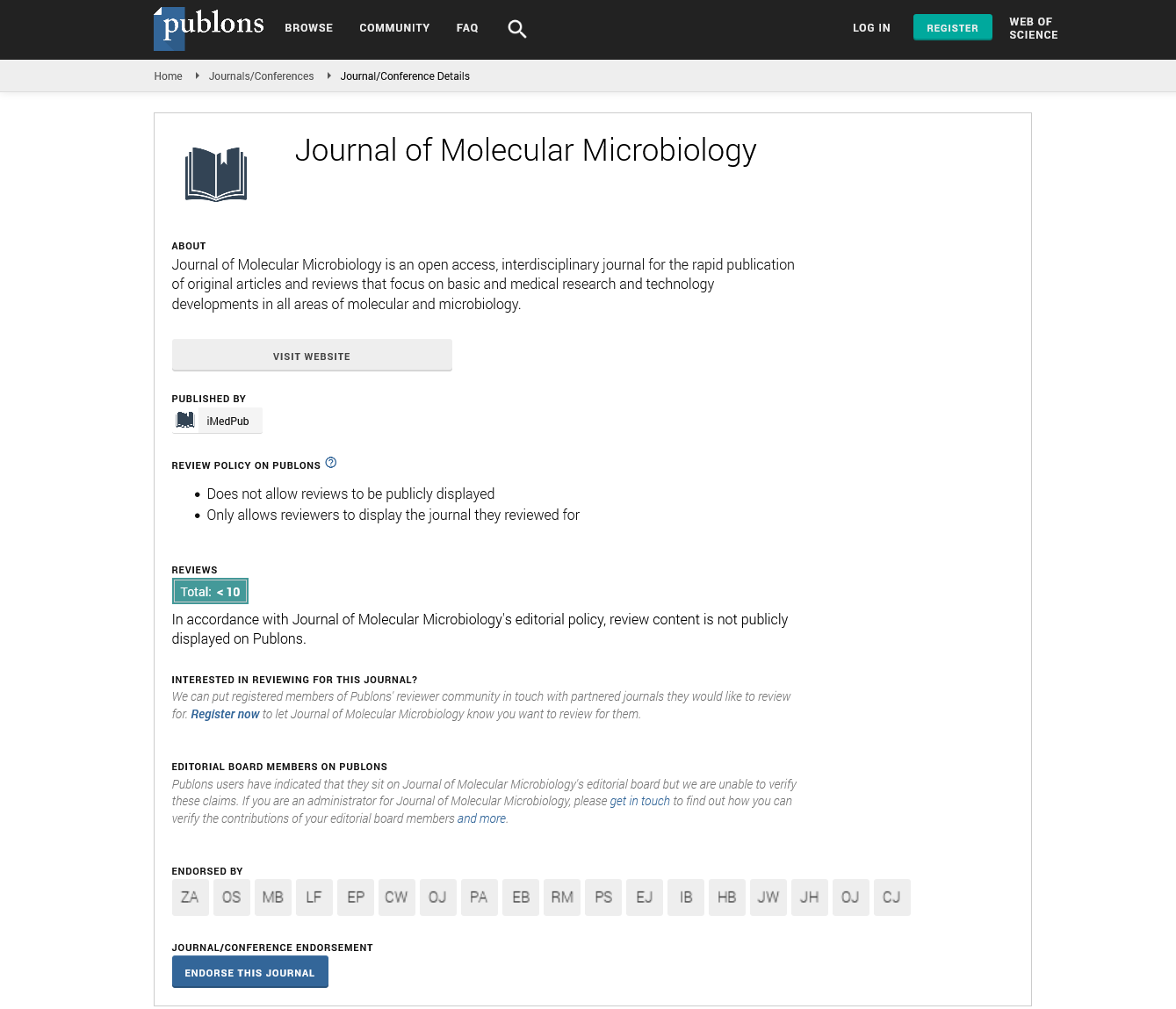Abstract
Survival analysis and postoperative complications after ventricular assist device implantation, prognostic value of INTERMACS scale
Background Ventricular assist devices (VADs) have been proven to be effective in improving survival and quality of life in patients with refractory heart failure. However, outcomes depend on a variety of preoperative parameters Aim of the study: This study evaluates retrospectively the patients’ profiles; clinical outcome, postoperative complications and mortality in patients who underwent VAD implantation in our center taking into account preoperative Interagency Registry for Mechanically Assisted Circulatory Support (INTERMACS) levels aiming at anticipation of postoperative complications and optimization of the preoperative strategies Methods: Between August 2010 and March 2015, 104 patients underwent VAD implantation in our university hospital. INTERMACS profiles were as follow: level 1 in 27 patients, level 2 in 20 patients, level 3 in 27 patients, level 4 in 25 patients, level 5 in 4 patients and level 6 in 1 patients respectively. Patients were divided into 3 groups: Group-A included 27 patients at INTERMACS level 1. Group B included 47 patients at INTERMACS level 2/3 and group C included 30 patients at INTERMACS Level 4/5/6. Preoperative clinical, echocardiographic, and hemodynamic and laboratory data were compared between groups as well as the incidence and time of onset of postoperative complications and mortality Results: Preoperatively, group A had a significantly lower cardiac index, lower mean arterial blood pressure, lower serum hemoglobin, higher serum blood urea nitrogen, higher serum procalcitonin and higher incidence of metabolic acidosis (p< 0.05). Postoperatively, group A had a higher incidence of respiratory failure, Hemorrhage, multi-organ failure, right ventricular failure and tracheotomy (p<0 .05). Total mortality was higher in group A than in group B (p = 0.017) and in group C (p=0.017) but not between groups B and C (p =0.81). Early mortality (at 30 days after VAD) was higher in group A than in group B (p=0.015) and group C (p=0.010). After 30 days mortality was not statistically different between groups. Sepsis (47.1%), right ventricular failure (37.5%) and respiratory failure (33.7%) were the most common post-operative complications after VAD implantation, whereas renal failure was the most common complication within 1 week after the operation (23.1%). Multiorgan failure was the most common cause of mortality (13.5 % n=10). Predictors of total mortality were preoperative high central venous pressure (HR, 1.077; 95% CI, 1.019–1.138, p=0.008), high systolic pulmonary artery pressure (HR, 1.056; 95% CI, 1.015–1.099 p=0.007), high serum blood urea nitrogen (HR, 1.031; 95% CI, 1.018–1.045; p=0.001), high serum procalcitonin (HR, 1.134; 95% CI, 1.040–1.237; p=0.04), metabolic acidosis (HR, 3.496; 95% CI, 1.708–7.157; p=0.001), low serum Hemoglobin (HR, 0.780; 95% CI, 0.667–0.913; p=0.02). Conclusion: INTERMACS scale correlates with outcomes after VAD implantation in our single center study. Anticipation of postoperative complications allows for preoperative strategies to minimize these complications. Optimization of preoperative volume status, preload, right heart function, correction of preoperative anemia and management of preoperative sepsis are recommended to lower the total mortality in such patients. Biography Ahmed is a resident physician and a researcher in the Department of Thoracic Organ Transplantation at the University Hospital of Essen, Germany. He is a graduate of the faculty of Medicine-Alexandria University, 2006, Alexandria, Egypt. He did his Critical Care Medicine residency in Alexandria university hospital. In August 2008 he completed his Master Degree in critical care medicine. He then worked as a specialist in Critical care medicine for 6 years. His most recent study was published in the Transplant International Journal 2015.
Author(s): Ahmed A, Pizanis N, Heckmann J, Gronewold J, Shabaneh A, Henning C, Koch A, Kreikemeier K and Kamler M
Abstract | PDF
Share This Article
Google Scholar citation report
Citations : 86
Journal of Molecular Microbiology received 86 citations as per Google Scholar report
Journal of Molecular Microbiology peer review process verified at publons
Abstracted/Indexed in
- Google Scholar
- Publons
Open Access Journals
- Aquaculture & Veterinary Science
- Chemistry & Chemical Sciences
- Clinical Sciences
- Engineering
- General Science
- Genetics & Molecular Biology
- Health Care & Nursing
- Immunology & Microbiology
- Materials Science
- Mathematics & Physics
- Medical Sciences
- Neurology & Psychiatry
- Oncology & Cancer Science
- Pharmaceutical Sciences
